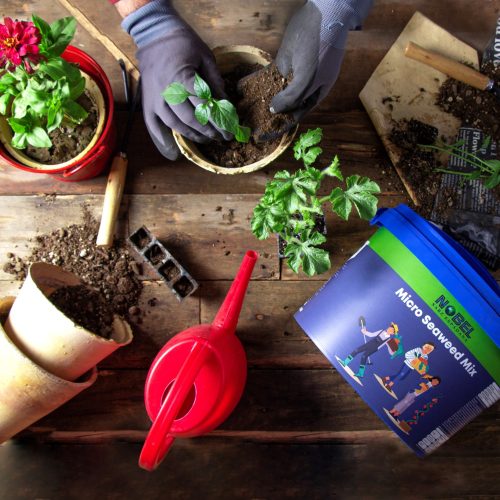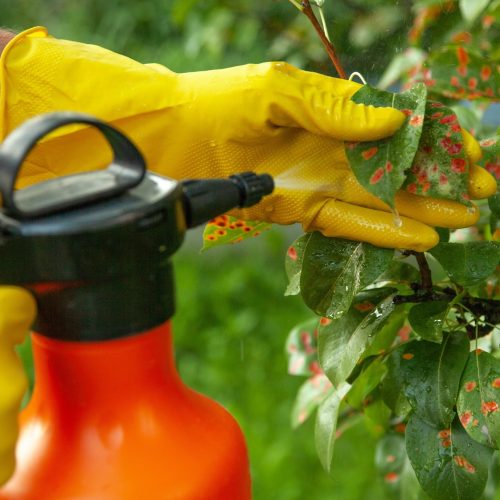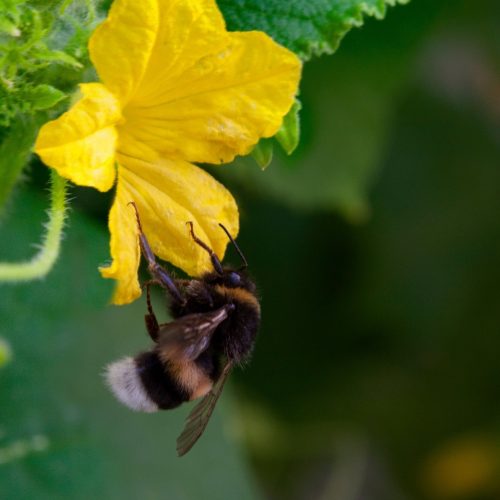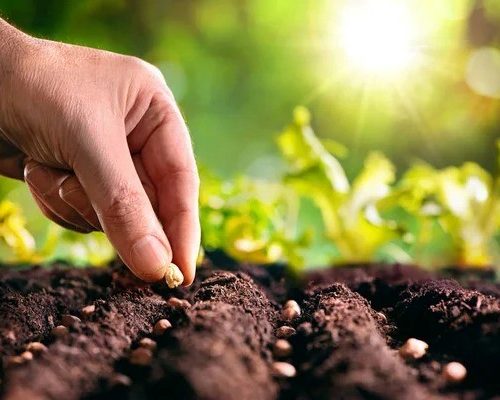In modern agriculture, the type of soil used for growing crops is not the only factor that determines the success of a farm. In fact, many farmers and growers are turning to alternative methods of growing, such as hydroponics, aquaponics, and container gardening. One important aspect of these methods is the growing media used, which serves as a substitute for traditional soil. Soilless plant growing media is used in horticulture to nurture an ever-growing number of food crops. It’s become an important part of raising food in a sustainable manner, and demand for growing media is increasing rapidly. Interest in how food is grown and the impact of growing practices on the environment is also growing. “As populations continue to grow and populations continue to urbanize and food product continues to be shifted more closely to those urban, then a lot of emphasis will be placed on growing media and how that’s placed into food production and food security,” said Dr. Brian Jackson, North Carolina State University researcher. Another reason for the increase in demand for plant growing media is the role that growers and researchers have in combating climate change. One way in which growing media can contribute to this effort is by fulfilling three key objectives outlined in the United Nations climate change checklist. First, it can help to establish sustainable food production and alleviate hunger, particularly in remote areas of the world where resources may be scarce. Container growing, in particular, has the potential to make a significant impact in this regard. Growing media can also help to reduce carbon inputs and the distance products are shipped. Finally, it can promote clean water and sanitation practices. Despite the benefits that are so relevant to today’s challenges, soilless growing media isn’t a new invention. Soilless cultivation has a rich history that dates back to the mid-19th century. In 1860, two scientists named Knop and Sachs created the first standardized nutrient solution for plant growth by adding various inorganic salts to the water. At that time, scientists primarily used an aggregate medium to provide support and aeration to the root system, with quartz sand and gravel being the most popular choices. However, the introduction of rock wool plates in the late 1960s by Scandinavian and Dutch greenhouse growers marked a significant breakthrough in soilless cultivation. This resulted in the widespread adoption of rock wool as a soil substitute for growing crops in many countries. Today, soilless cultivation enthusiasts use a wide range of alternative porous materials as growing media, including organic media such as coconut coir, peat, and pine bark, as well as inorganic mediums like mineral wool, grow stone, perlite, and sand. The long history of soilless growing media means there are deep roots from which to grow a fruitful and healthy industry. The demand for sustainable food production will continue to drive interest in soilless growing media, making a deep understanding of this topic critical for anyone invested in modern agriculture. Factors to Consider in Choosing Growing Media Growers have many options when it comes to growing media for a variety of indoor plants. The properties of different types of growing media can help determine the best fit for a given application. These include physical, chemical, biological, and environmental properties and considerations. Physical properties include bulk density, water-holding capacity, air-filled porosity, and media stability. Bulk density refers to the mass per unit volume of a substrate and is important to consider since wet, dense potting mixes are heavier than wet light mixes. Water-holding capacity is the proportion of a substrate’s pore space that remains filled with water after gravity drainage and is essential for plant growth. Air-filled porosity is also critical, and the total volume of empty pores should ideally be in the range of 50 to 70 percent. Lastly, media stability is important since a substrate that decomposes quickly can reduce substrate porosity, which is undesirable for plant growth. Chemical properties include salinity and nutrient availability. Neutral pH is a sign of a good growing medium because it ensures that nutrients are available to plant roots. A good cation-exchange capacity notes the ability to hold nutrients like calcium, magnesium, and potassium. These factors help ensure healthy plant growth. While soilless media is generally considered to be free of harmful pests and diseases, it is still important to consider the presence of beneficial microorganisms as part of the media’s biological properties. These microorganisms, such as mycorrhizal fungi and beneficial bacteria, can help promote plant growth by aiding in nutrient uptake and protecting against harmful pathogens. On the other hand, pests and diseases can quickly spread if not properly managed. This makes regular monitoring and management of the growing environment critical to ensure healthy plant growth in soilless media systems. Lastly, environmental considerations may play a part in decisions about growing media in horticulture. Sustainability is a key factor to consider, as using renewable resources and minimizing waste can reduce the environmental impact of growing operations. Some traditional options such as peat-based are being challenged as are considered not renewable. Other peat alternative growing media are considered sustainable and have a lower environmental impact. The availability and cost of soilless media can also be a consideration, as transportation and processing can increase the cost and carbon footprint of production. Overall, selecting soilless media that are sustainable, readily available, and cost-effective can help reduce the environmental impact of growing operations.
Chemical properties include salinity
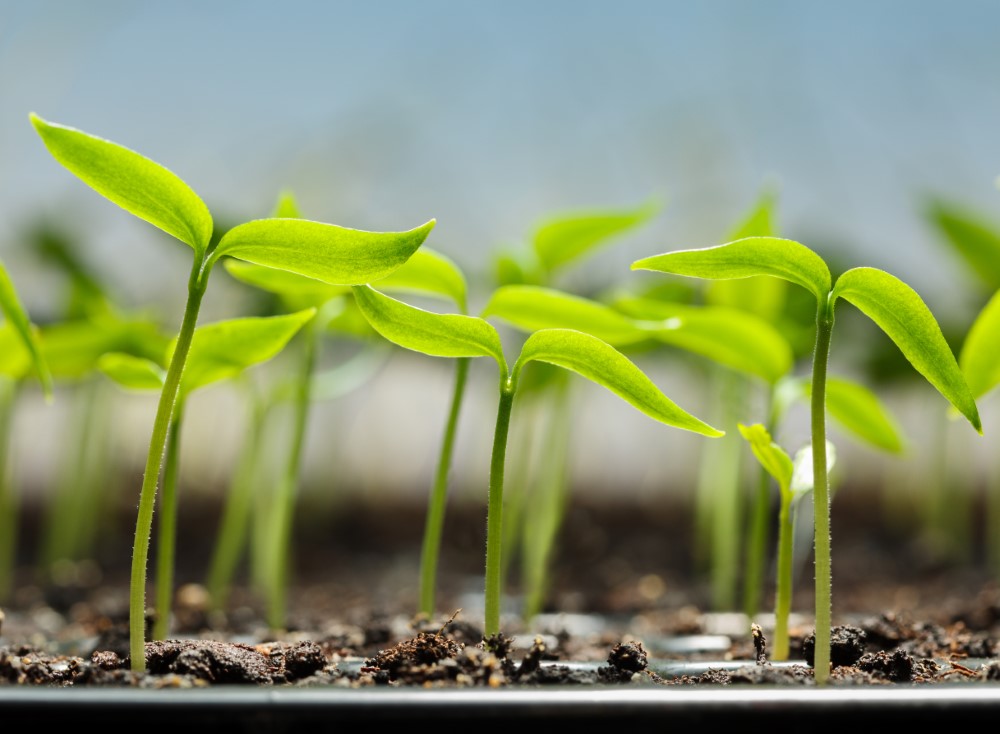
23
May



